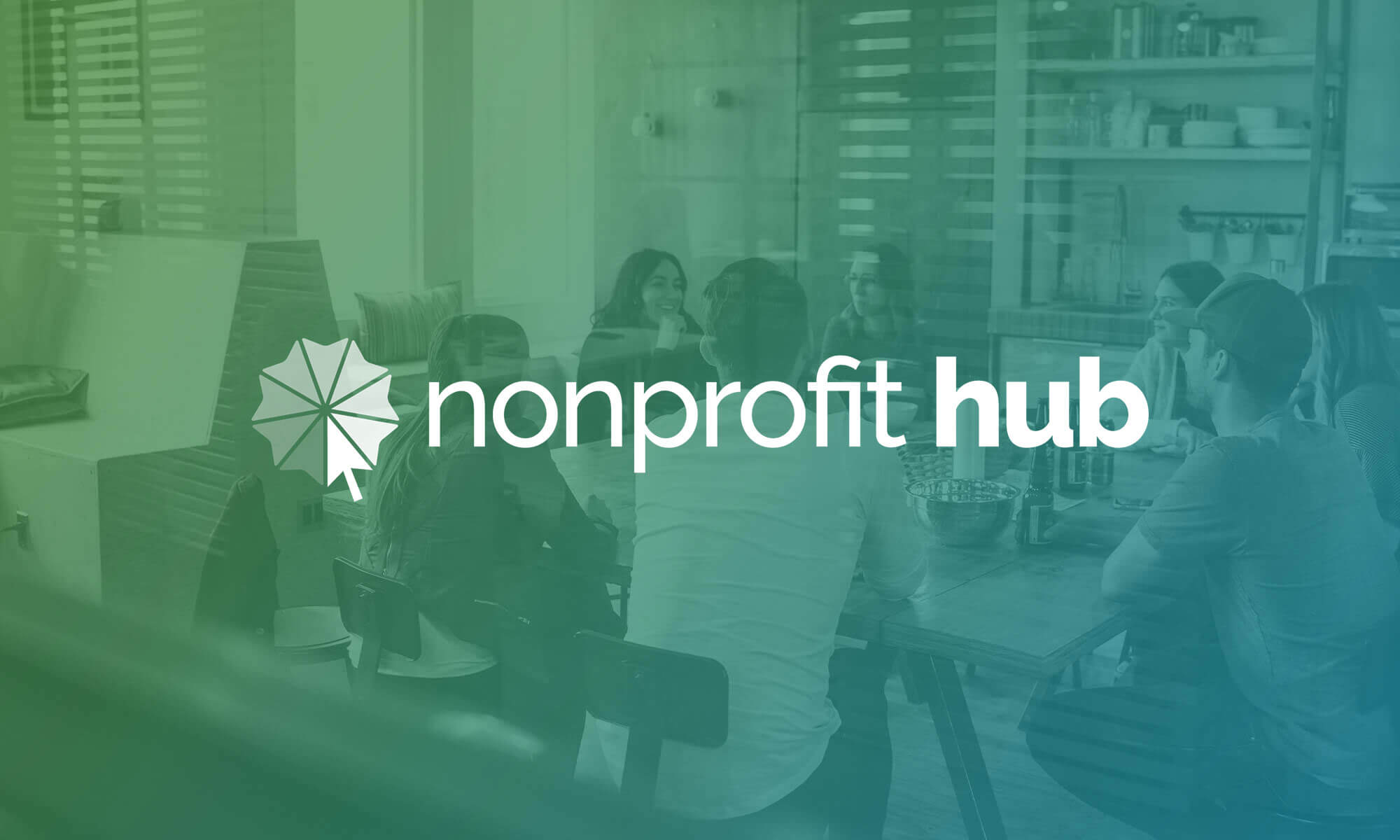All nonprofits want more donors. More donors means more money for your cause, right? Why focus on donor loyalty when you can get new donors?
Sadly, this terrifying fact gets neglected in the scuffle for new donors: attrition rates among first-time donors are incredibly high. Many nonprofits expect to lose over 60% of donors after their first donation. In an environment like this, what’s the solution?
5 Simple Rules to Increase Donor Loyalty
The answer: Focus on keeping those donors who are already plugged in.
The positive effects of retaining your donors simply can’t be overstated. When gauged over the long term, studies indicate retaining 10% more of your first-time donors can net an enormous 200% lifetime return.
What’s the best way to foster this elusive donor loyalty, you ask? Never fear–we’ve got five:
1. Craft a Compelling Message.
One of the most important factors in getting new donors and developing donor loyalty is your nonprofit’s message. It sounds simple in theory, but the results are concrete. Ask yourself: What message is your nonprofit communicating? What does your content say about your organization? What does the way you represent yourself tell current donors about the way you operate?
Loyal donors are compelled by specificity. Give them a directed message that resonates with their specific values. The more pointed your message is, the more likely you’ll achieve that deep emotional resonance with your most important donors—the ones who are truly committed to your cause, long term. Illustrate to your donors why you need their help, and how their donation can instantly make a difference.
2. Develop Trust.
When your average everyday donor makes the transformation into a hardcore, lifelong donor, what they’re doing is creating a relationship with your organization. And the best relationships are founded upon a sense of trust. Trust means the donor believes in the organization she’s working with, and knows how her money is getting put to work. Authenticity is key: strive to be transparent about the way your organization operates. Anticipate any fears the donor might have, and address them before he even brings them up.
A few concrete ways to build trust:
- Get your nonprofit vetted by an impartial, respected third-party.
- Get an endorsement from a revered figure in your cause.
- Create many positive interactions with your nonprofit. Following their donation, contact donors in a personal, authentic way, such as with a personalized thank you. Follow-up to show them exactly how their money created change.
3. Make Loyalty Easy.
The biggest reason people don’t take action isn’t because they’re indifferent or don’t care. Inconvenience is probably the biggest obstacle between someone donating, or just moving on.
Make it easy for donors to say “yes.” Don’t let donors’ laziness (or your own) get in the way of helping those in need and advancing your nonprofit’s cause.
When payment methods are clear and available, it removes those unintentional barriers in the way of donation. Ensure your website has a clean, functioning interface. Send follow-up messages to remind donors how their specific donation helped, and prompt them to donate again. Consider having donors make a non-binding “pledge” to consider donating next month, and email them when the date approaches.
If your donors are important, let them know it! Make their donation easy.
4. Relationships, Not Donations.
Try to envision donations as links in a greater chain, extending far down the road, instead of a mere, one-time transaction. How do you maintain a good relationship with your donors? Like a real relationship, nonprofits should have multiple venues of interaction for their donors: create multiple ways for the relationship to grow deeper.
Promotions, social media, newsletters and dynamic video content do wonders for engaging your donors. Create donation “events.” Post number goals in chart form, so donors can see in real-time how their donations are closing the gap. Remember, you and your donors are in this for the long haul, so put the time into creating a rich experience for your donors. Stop thinking only in terms of immediate ROI, and broaden your outlook across a potential lifetime of donations: later, you’ll thank yourself for putting in the extra work.
Because that’s what it means to be in a relationship. It ain’t easy, but it sure is rewarding.
5. Test.
Finally, don’t be afraid to mix up your methodology, testing to see what works. Testing the above methods and coming up with your own is the only way to measure changes in donor retention. Try making changes in how specific your follow-up is: does the frequency or time of the month of your ask increase or decrease donor responses? Try soliciting donations at the same time they originally donated—for all you know, that time might coincide with a payday, thus reducing their psychological barriers to giving.
—
When looking to maximize donor retention, the most important thing is understanding the difference between simply retaining donors vs. creating donors who are truly loyal. Loyal donors possess an underlying, personal commitment to your organization—which is markedly different from simply donating multiple times.
These are the people you want on your side: the donors who will keep your nonprofit thriving and spread the word to others, over a lifetime of donor loyalty.






